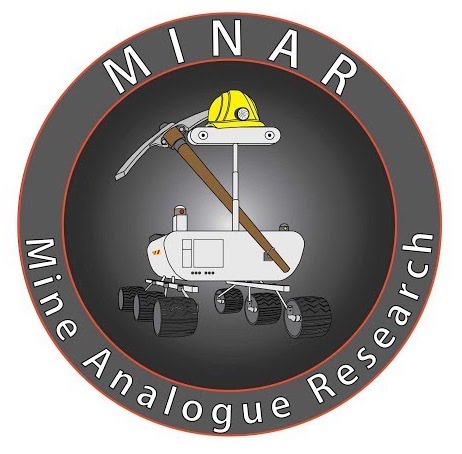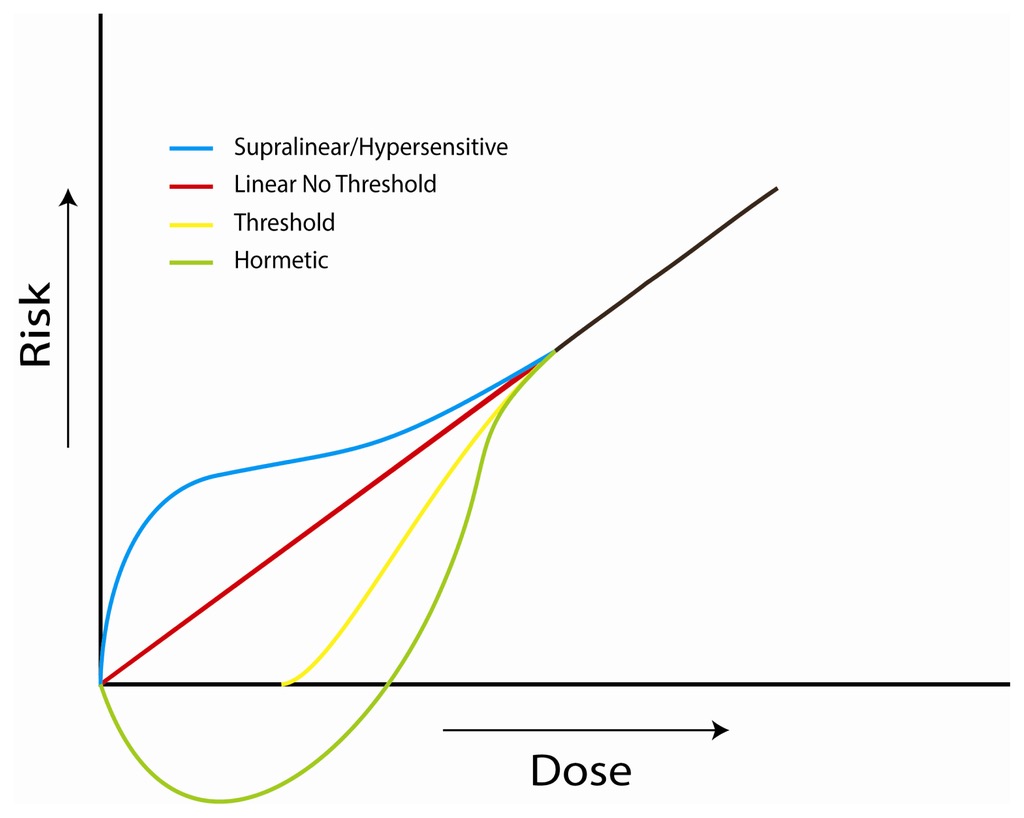Since 2012, Boulby has been the home of BISAL (the Boulby International Subsurface Astrobiology Laboratory). The first of its kind in the world, BISAL provides a unique space for astrobiologists to study life in the deep subsurface, particularly in evaporites that are an extreme and typically uninhabitable environment for microorganisms. Shortly after its conception, the substantial opportunities associated with such a space became apparent and from that laboratory grew a rich programme of studies into life deep underground, such as investigations of the types of life underground and the effects of deep subsurface conditions on life, such as the influence of low background radiation. The evaporites in Boulby also provide insights into the habitability of briny environments elsewhere, such as brines and evaporites on the surface and in the subsurface of Mars, our nearest planetary neighbour.
MINAR

With such strong links forming between Boulby and planetary exploration, a collaboration named MINAR (MINe Analogue Research) was formed by the UK Centre for Astrobiology. The collaboration, consisting of groups from NASA, ESA, Surrey Space Centre, DLR (German Aerospace Centre) and more, began using Boulby mine and the Boulby Laboratory as a base to test equipment and robotics for planetary exploration, such as instruments destined for the Moon and Mars. In particular, since MINAR occurs in a working mine, it offers the opportunity to explore the interface and technology transfer between planetary sciences and mining. Both communities seek the development of small, lightweight, robust instruments that can be used to explore and characterise environments. There have been numerous MINAR expeditions at Boulby, attracting groups from around the world.
For more information, visit the UK Centre for Astrobiology.
SELLR
 SELLR (the Subsurface Experiment of Life in Low Radiation) project probes an area of biology that is not currently well understood. It is well established that the exposure to radiation can prove harmful, but little research has been conducted into the corresponding risks of environments devoid of radiation. At present there exists a number of models which describe the relationship of radiation exposure to risk factor, the two models of note being the 'Linear No-Threshold Model' and the 'Hormetic Model'. The former describes a direct proportionality between exposure and risk, with greater exposure generating greater risk, whereas the latter postulates that at high extremes of exposure a greater risk is observed, while at low extremes negative risk is seen. The data generated from SELLR will help to confirm any one of the theories or may even generate a model of its own.
SELLR (the Subsurface Experiment of Life in Low Radiation) project probes an area of biology that is not currently well understood. It is well established that the exposure to radiation can prove harmful, but little research has been conducted into the corresponding risks of environments devoid of radiation. At present there exists a number of models which describe the relationship of radiation exposure to risk factor, the two models of note being the 'Linear No-Threshold Model' and the 'Hormetic Model'. The former describes a direct proportionality between exposure and risk, with greater exposure generating greater risk, whereas the latter postulates that at high extremes of exposure a greater risk is observed, while at low extremes negative risk is seen. The data generated from SELLR will help to confirm any one of the theories or may even generate a model of its own.
